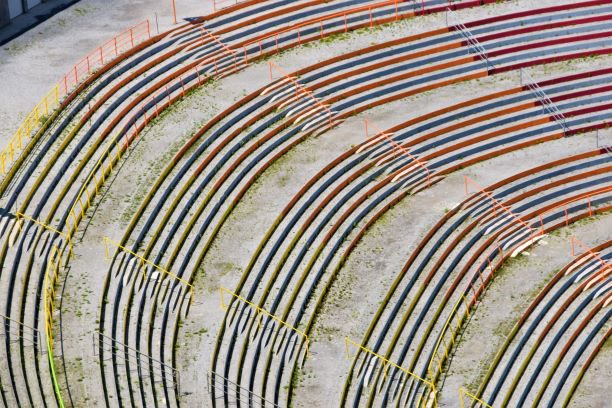Seating pupils in an inward-facing circle provides an inclusive and collaborative learning environment that overcomes disengagement and fosters peer-to-peer learning.
When I was doing my initial teacher training back in the 1980s a lot of emphasis was placed on The Hidden Curriculum. The hidden curriculum includes messages about power differentials, culture, values, learning and behaviour that are signalled by the way things are done in the school and classroom, the way the environment is designed and arranged and the way adults talk to each other and to pupils, for example. The classroom environment plays a huge part in the hidden curriculum, and today I want to talk about the role that furniture arrangement plays in the hidden curriculum.
The way that seating is arranged in a classroom is currently topical, given the need for social distancing measures as pupils return to school in greater numbers. Great care is being taken to measure the distance between desks, but little is being said about the pedagogical, social and psychological implications of classroom furniture arrangement. In our lectures on the Hidden Curriculum, we learned that different seating plans encourage different types of behaviours and expectations, and that we needed to plan carefully so that we arranged our classrooms purposefully and effectively to match our intentions and take theories of learning into account.
We also learned that the arrangement of desks and tables sent strong ‘semiotic’ messages to pupils about themselves, their teacher and learning. For example, tables facing the teacher’s board or teacher’s desk signify that the teacher is in charge and holds a superior status. We also learned that an arrangement where pupils faced one another facilitated discussion and collaboration. However, despite the fact that the majority of primary classrooms I visit have this grouped table arrangement, I rarely observe any truly collaborative work at these tables. More often than not, pupils are completing their individual assignments offering minimal support to each other.
The arrangement I least often come across is the one I want to spend most time on today: A circle of tables with everybody seated facing into the centre, including the teacher. This is the seating plan that offers the most opportunity for collaboration. It is also the one that offers the greatest possibility for inclusion.

Circle meetings have a long tradition in ancient cultures especially where the building of community is a key value. When we sit in rows with somebody standing at the front or walking around (especially if we are not all as free as they are to walk around they are) that person gives a message that they are in charge, not us. They have the answers. They are responsible for what goes on.
Circular seating brings with it a stronger sense of community, and equal ownership and responsibility for what goes on in that group. Collaborative decision-making is easier in a circle, as people can see everybody’s reactions and non-verbal communications become part of the discussion. Everyone can see everyone else’s face without having to turn around to see the person who is speaking.
Although many primary schools have recognised the value of using such seating for Circle Time discussions, they don’t realise the benefits to learning and behavior that this arrangement could offer pupils more generally. This is not the case in every school. There are some schools where the benefits of the circular layout have been recognised and is the default arrangement. One such school is Rochester School, a prestigious private school in Bogota, Colombia.
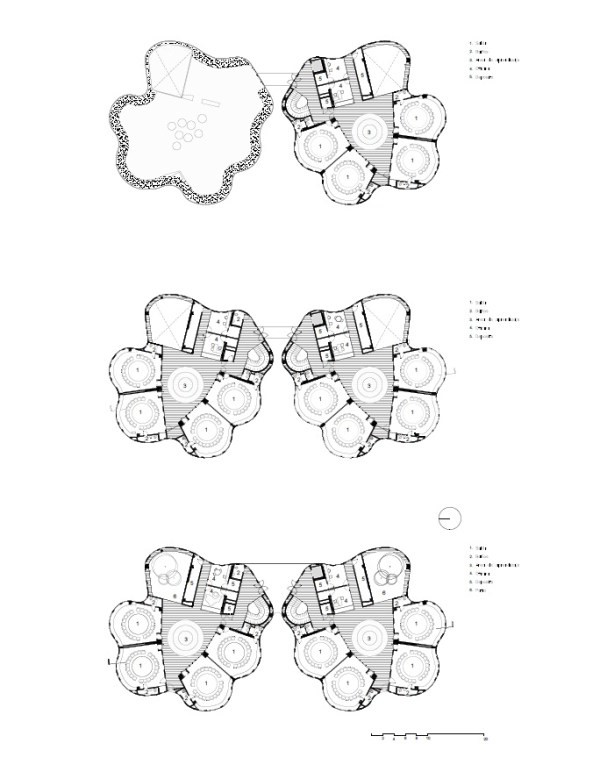
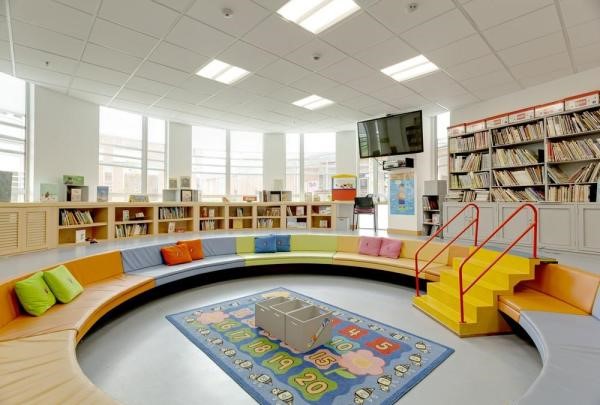
I urge teachers to use these next weeks, where you may have fewer pupils in the classroom, to experiment with seating, bringing teaching assistants and pupils into the conversation and decision-making. It could make a bigger impact than you realise.
You may need to clear the perimeter of our classroom space by moving some storage into the centre, or maybe use the school hall or outdoor area to try the circle seating out for one day or part of a day and assess its value to you and your pupils.
Remember that any new arrangement will initially have a naturally disruptive influence on everyone’s behaviour, including our own. But be open to that disruption unleashing some new energy and options for learning and community building.
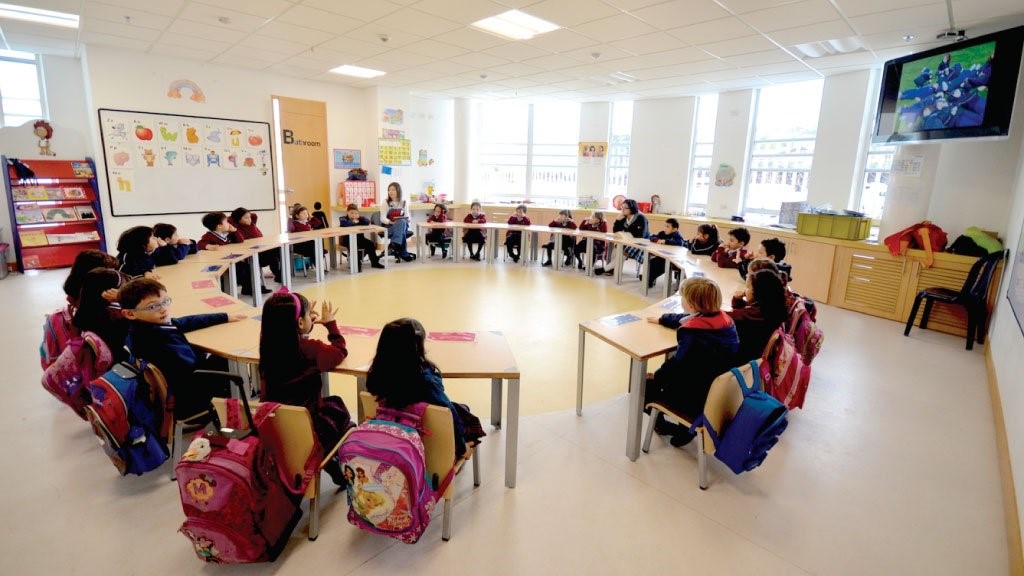
By opening up discussion and involving everybody in the seating design, you give the message that inclusion and equality matter, and that their opinions and feelings about the design of their own classroom really matter.
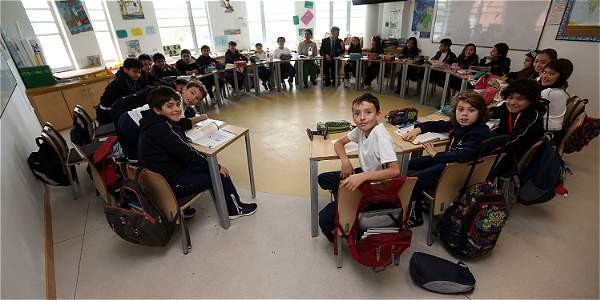
Go for it – shift those desks and monitor the impact!
Have you already tried this? Do you have any questions about this article? What has been your experience of changing the layout? Please leave a comment below and share your experiences.
